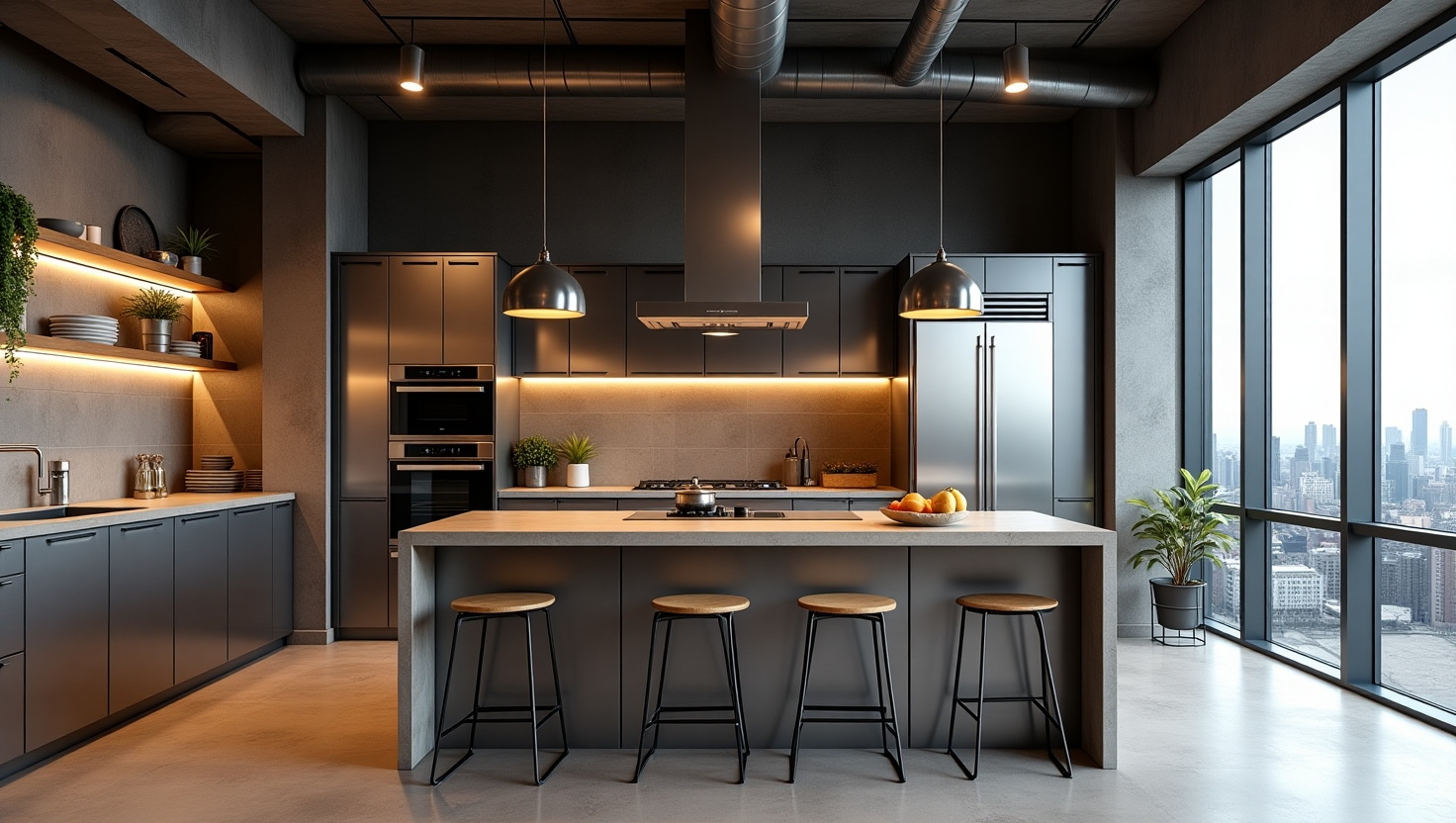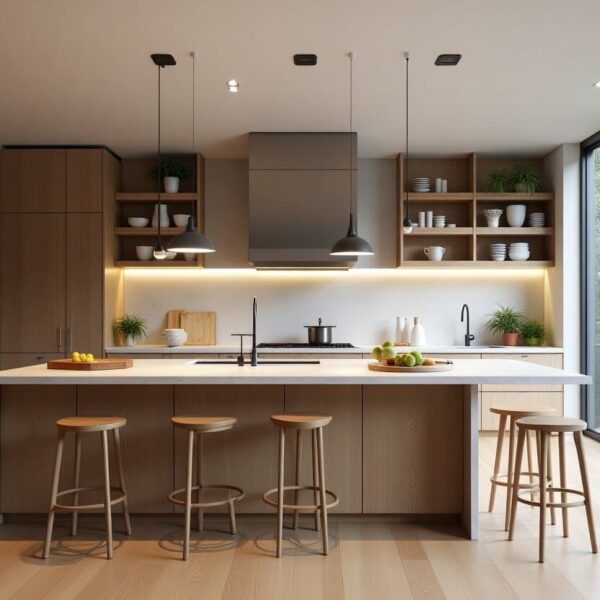In recent years, custom kitchen cabinets from China have become a go-to option for homeowners seeking affordable luxury and smart space planning. But here’s a question we hear all the time:Why do two kitchen cabinet quotes from China—with similar sizes—differ by thousands of dollars?This blog aims to pull back the curtain on the pricing of modern kitchen cabinets and other custom cabinetry from China. We’ll explore the true cost components and unravel the intricate web of factors that influence the final price, empowering you to make informed decisions and transform your kitchen vision into reality.
The Allure of Custom
When you envision your ideal kitchen, chances are you’re thinking beyond off-the-shelf solutions, and that’s precisely where custom kitchen cabinets shine. Unlike their mass-produced counterparts, custom cabinetry is crafted to your exact specifications, offering unparalleled advantages: from unlimited design possibilities that allow your imagination to run wild, to perfect space utilization that maximizes every inch even in challenging layouts, and the promise of high-quality materials and craftsmanship ensuring durability that lasts for decades, all culminating in a unique personalization that makes your kitchen a true reflection of you. Of course, this level of personalization comes with a higher price tag and often a longer production lead time compared to stock or semi-custom options, but understanding why the price varies is key to making that investment wisely.
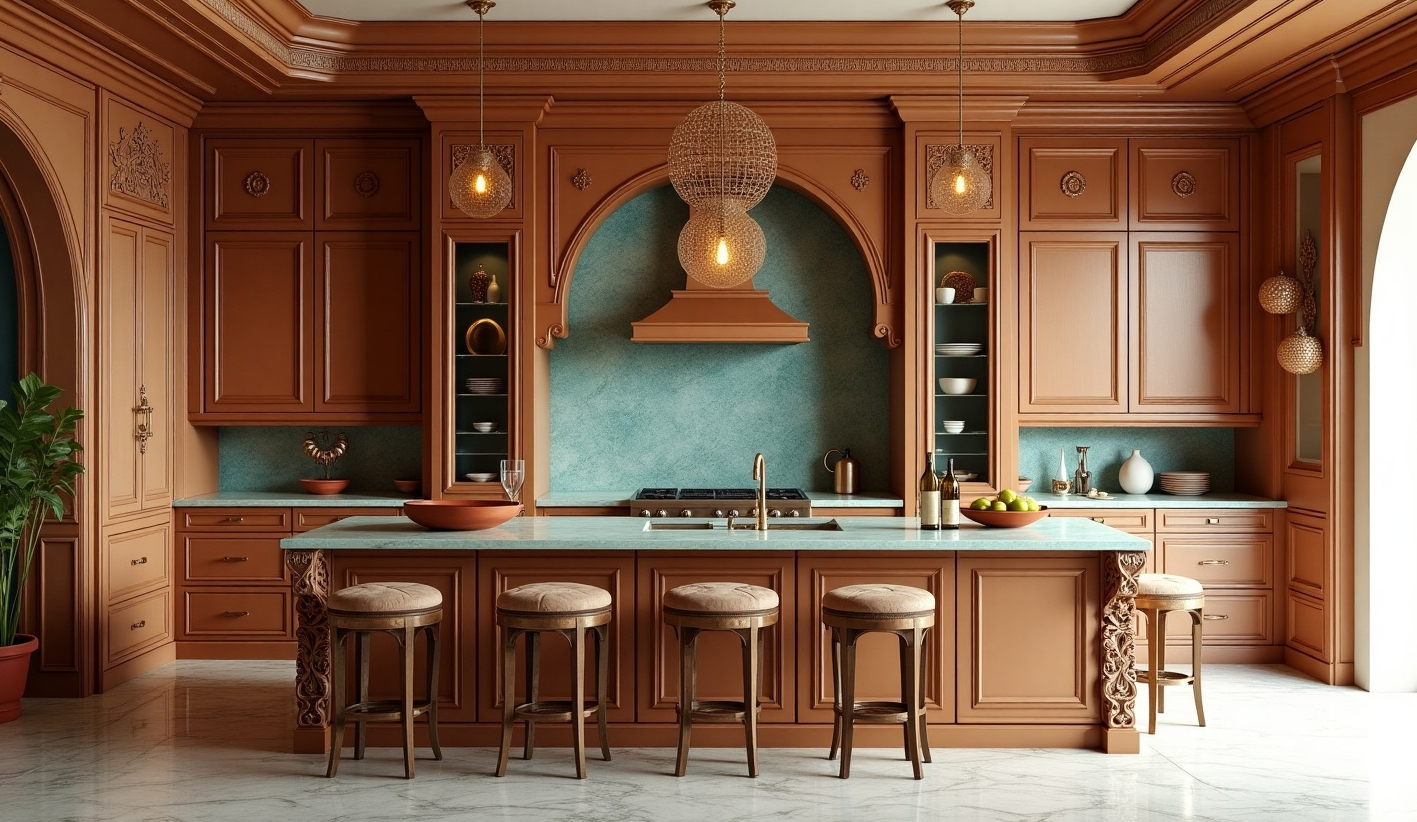
The Four Pricing Models You’ll Encounter
When sourcing a custom kitchen cabinet from China, it’s essential to understand how suppliers price their work. Unlike off-the-shelf cabinets, custom cabinets don’t come with a fixed tag. Most kitchen cabinet manufacturers in China adopt one of four pricing models, each reflecting different approaches to estimating and controlling costs. Let’s explore them in depth.
The most basic model is Pricing by Linear Foot. You’ll often see this used for rough early-stage quotes. The total length of cabinetry (base + wall) is multiplied by a unit price. It’s simple, but often misleading—because it ignores cabinet height, depth, materials, and configurations. Two 10-foot kitchens could differ by thousands if one uses slab doors and the other includes lacquer finishes and drawer systems.
A more precise model is Pricing by Cabinet Unit. Here, each cabinet — sink base, drawer stack, pantry — is priced individually. This gives you visibility into how layout and function affect costs. It’s ideal when your layout is fixed and you want transparency in pricing components.
Project-Based Pricing (or Flat Fee) bundles all components—design, manufacturing, accessories, packaging—into one total. This works well if you have a complete brief. The quote will be fast and final, but any changes later may result in additional charges.
Finally, Material + Labor Pricing (Cost-Plus) is often used for high-end, evolving projects. Materials (like plywood, finish, hardware), labor (cutting, assembling), and a fixed markup are itemized. This method offers full cost control but requires trust and communication. Ideal for experienced buyers or B2B clients.
Understanding these pricing models helps you not only avoid sticker shock but also choose the right partner and planning method. Whether you’re planning a compact modern kitchen cabinet layout or a full luxury renovation, knowing how pricing is structured lets you make smarter decisions—and get exactly what you pay for.
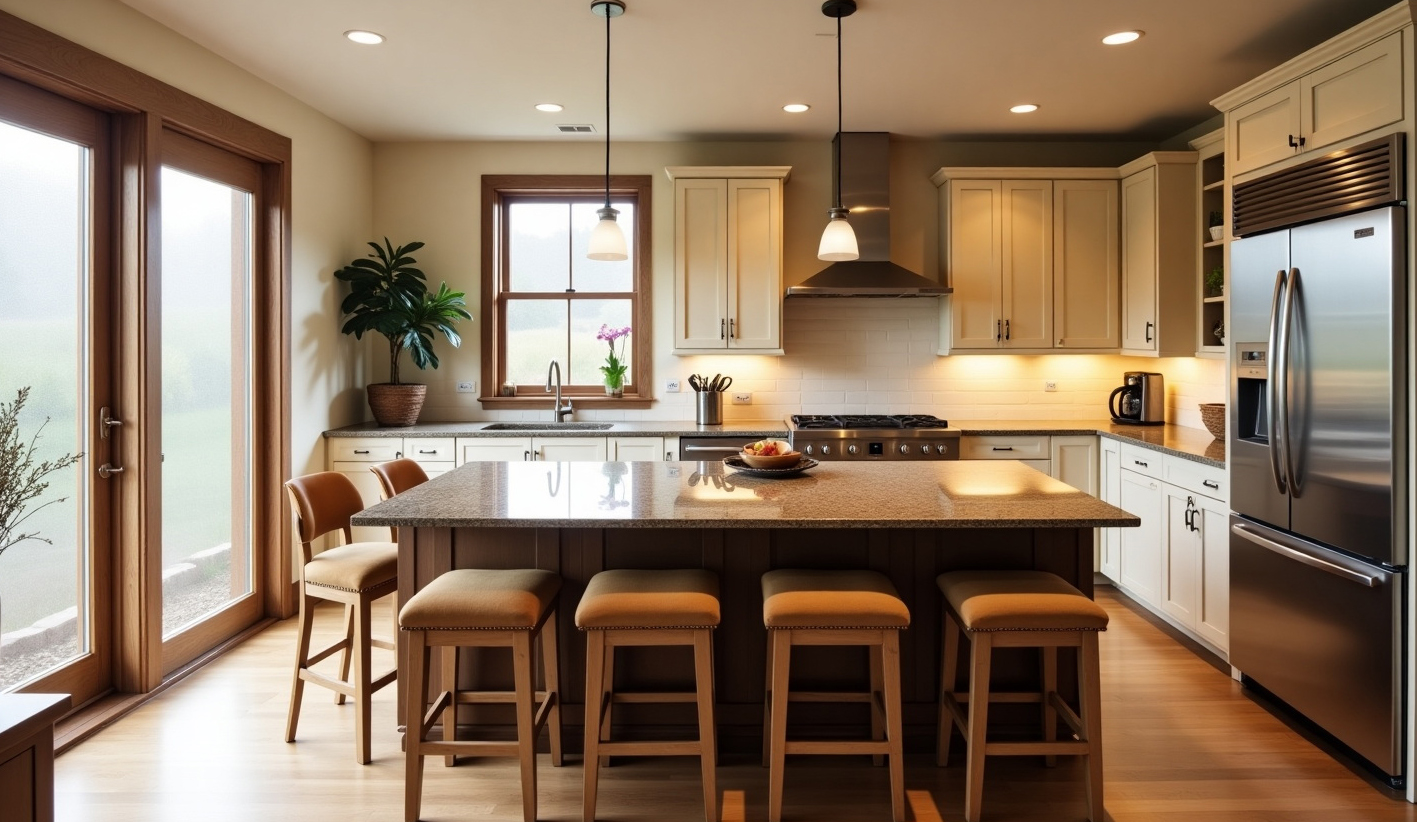
Have a project in mind? Send a message.
Get the catalog for free
What Makes the Price of Custom Kitchen Cabinet Soar (or Settle)?
Now for the real insights: understanding the factors that make the price soar or settle is crucial when budgeting and making choices for your custom kitchen cabinets from China.The cabinet box (carcass) material matters: plywood is highly recommended for its durability, moisture resistance, and stability, though its thickness also affects cost, while MDF offers a cost-effective, stable alternative suitable for painted finishes, and particle board is the lowest cost but least durable.
How your door fronts are finished also adds to the bill. Melamine is typically the most affordable, offering good scratch and heat resistance and easy cleaning, but it can chip at edges and is difficult to repair if significantly damaged. PP Foil Coating / Thermofoil (PVC) are mid-low range options, providing seamless edges and diverse designs; they are smooth and easy to clean, though sensitive to high heat which can cause bubbling. Laminate (HPL – High Pressure Laminate) is a mid-range choice, highly durable and resistant to scratches, impact, heat, and moisture, with a wide array of finishes, but its thickness can limit complex shapes and it often requires edge banding. Lacquer / Painted finishes fall into the mid-to-high price range, offering a premium, smooth, and vibrant look with unlimited color choices; however, they are prone to scratches, and repairs can be difficult and noticeable. Powder Coating is also in the mid-to-high range, being an eco-friendly dry coating with excellent durability, scratch, and chemical resistance, and good edge coverage, though it’s less common for cabinet doors than metal applications. UV Lacquer is a high-end option, known for being exceptionally hard, highly resistant to abrasion, scratches, and discoloration, with a high gloss and easy cleaning, but it’s costly, requires specialized equipment, and damage is very difficult to repair. Wood Veneer is another high-end choice, offering the genuine beauty and texture of natural wood, though its price varies by wood type, it’s sensitive to humidity, can be costly, and requires regular maintenance.
If your manufacturer supplies countertops, this is another key cost: Quartz is a popular, durable, and stain-resistant choice (often around RM700-1,500 per linear meter), while Stainless steel offers an economical, hygienic option (RM300-800 per linear meter), commonly seen in commercial kitchens.
Beyond materials, design complexity and customization level introduce a significant premium. Every “custom” detail adds to the price. The mix of base, wall, tall, and specialized corner units, along with the door styles – from simple slab doors to classic Shaker, more complex raised panel, or intricate glass/grille doors and custom carvings – all vary in cost based on fabrication complexity. The more elaborate the door style (e.g., intricate frames or carvings), the pricier it gets. Inside, internal accessories and functions are where convenience meets cost; while basic shelves and drawers are standard, premium features like full pull-out storage, integrated bins, spice racks, “magic corner” solutions, or LED lighting will make the price “soar,” with more smart features meaning higher bills. Even drawer slides vary significantly, from basic roller slides to upgraded options like ball-bearing, full-extension, or soft-close slides, impacting both cost and user experience, with the drawer box material itself also playing a role. Don’t forget that non-standard sizes and shapes, curved designs, or intricate angles require more precise cutting and material waste, driving prices up. The overall layout complexity also matters: L-shaped or U-shaped kitchens can cost 15%-30% more than a simple straight-line layout due to the need for more complex corner solutions. Small details like hardware also have a big impact: high-quality concealed, self-closing, or soft-close hinges from brands like Blum, and the material/design of handles and knobs, all contribute to the cumulative cost, directly impacting longevity and user experience.
The often “hidden gem” of value, yet a significant cost driver, is the manufacturing process and labor. Kitchen cabinet suppliers in China with over a decade of experience and strong reputations often command higher prices because you’re paying for proven quality control, efficient processes, skilled artisans, and reliable after-sales service. Fine woodworking, precise cutting, meticulous assembly, and hand-finishing are all indicators of higher quality builds that increase labor costs. Lastly, regional labor costs within China vary, subtly affecting pricing. Don’t overlook the journey from the factory to your home: shipping and logistics involve international freight, customs duties in your country, port handling fees, and local delivery, which can be substantial, and sturdy packaging for international transit adds to this. Professional installation is crucial for custom cabinets, with its cost depending on complexity and labor time, plus any extra fees for dismantling old cabinets. Other hidden costs can include separate designer fees (if not integrated), unexpected site issues like unlevel walls or plumbing adjustments, and the longer lead time for custom orders. It’s also important to clarify warranty and after-sales service for international purchases and factor in long-term maintenance costs for high-end materials.
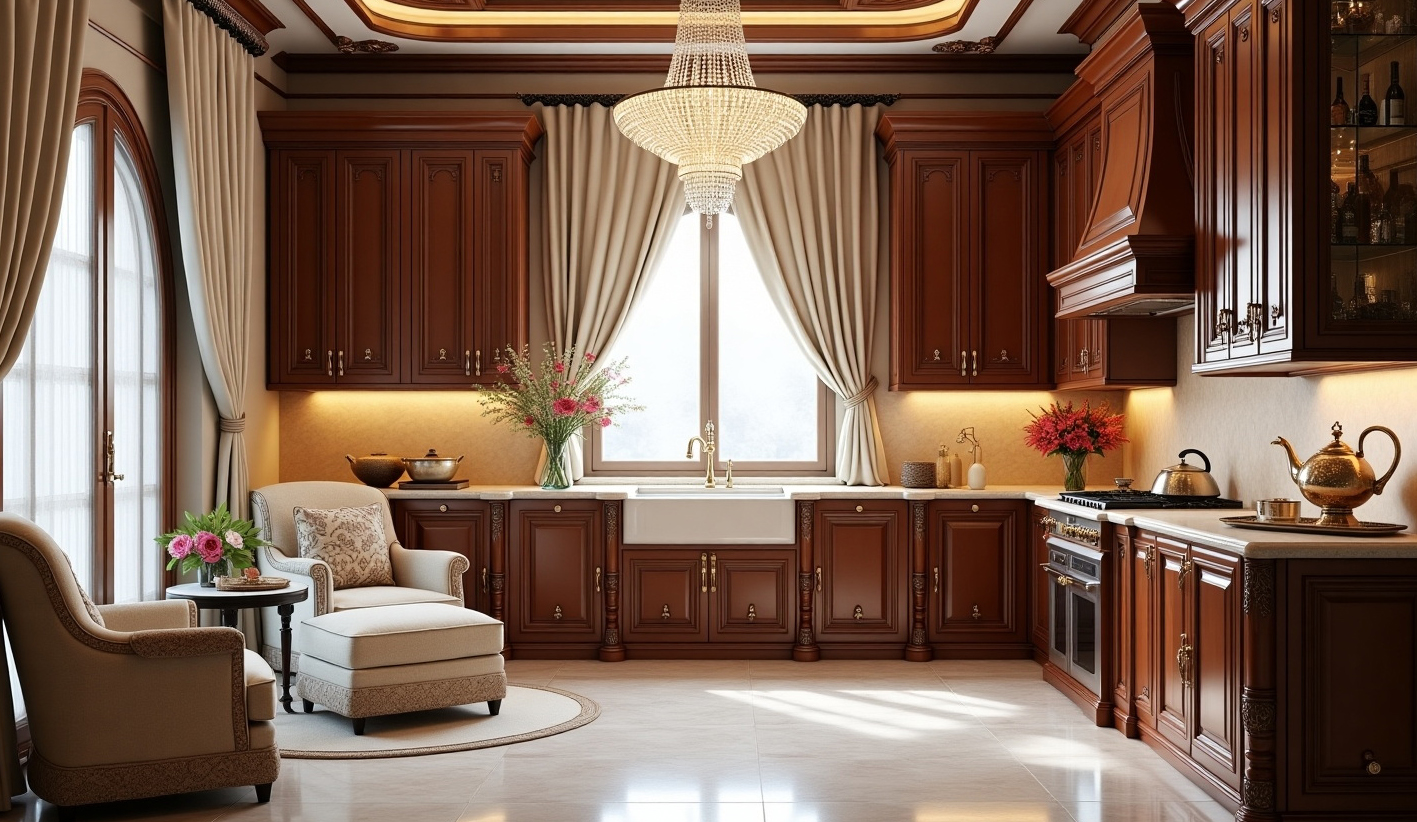
How to Keep Your Budget Under Control
When it comes to Custom Kitchen Cabinet From China, one of the biggest concerns for homeowners is cost overruns. It’s easy to get carried away with beautiful designs, clever storage upgrades, or premium materials, only to realize the final quote is far beyond what you intended. But smart budgeting doesn’t mean you have to sacrifice quality or style—it means making informed choices from the beginning.
Start by setting a realistic budget range. Not just a vague number in your head—but one based on research, priorities, and your local installation costs. Then, clearly communicate that number with your manufacturer. A responsible supplier will help you optimize the design to stay within your budget, rather than trying to upsell at every opportunity. In our experience, the earlier you bring budget into the conversation, the easier it is to find creative solutions without last-minute compromises.
Material choice is where you’ll feel the most impact. Instead of exotic wood species or specialty paints, consider using high-quality plywood with melamine or UV-coated surfaces. These finishes offer excellent durability and modern aesthetics at a fraction of the cost. Flat-panel doors are also more cost-efficient than raised or carved styles, while still delivering a clean and contemporary look. Choosing from your supplier’s standard color library can help you avoid additional setup costs for custom tones or imported pigments.
Design simplicity is another way to stay cost-effective. Complex layouts—like U-shaped kitchens with multiple corner cabinets, appliance garages, or angled cabinetry—tend to require more material, labor, and hardware. A streamlined L-shape or straight-line kitchen layout not only simplifies installation but also helps reduce waste and optimize factory production. Keeping the number of open shelves, decorative moldings, and glass-fronted cabinets to a minimum also supports a cleaner aesthetic and leaner cost structure.
When the same factory handles design, production, packaging, and export logistics, you avoid the markups and communication breakdowns that often happen when multiple parties are involved. You also benefit from their familiarity with international standards, shipping documents, and packaging requirements, ensuring fewer surprises and delays.
Ultimately, keeping your custom kitchen cabinet project on budget is not about cutting corners—it’s about working smart. Know your numbers, trust the process, and collaborate with the right people. When you do, you’ll find that a high-quality, modern kitchen cabinet from China is not just affordable—it’s one of the smartest investments you can make in your home.
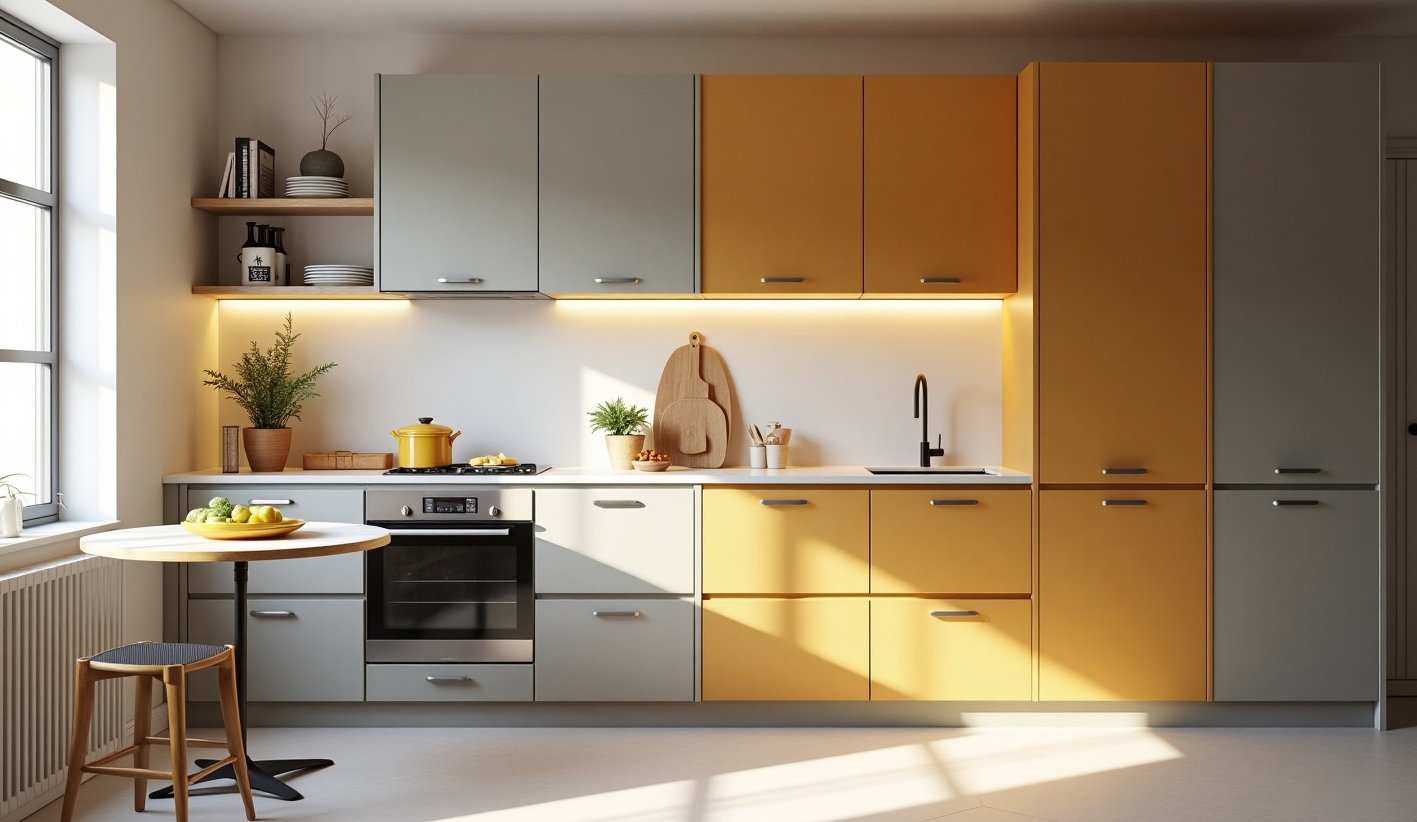
Your Dream Kitchen, Realized with Nexthomefurnishing
Understanding “What Impacts the Price of Custom Kitchen Cabinets From China” empowers you to navigate the market with confidence. The “real cost” isn’t just about the price tag; it’s about the upfront investment, the clarity of the process, and the immense long-term value, durability, and unparalleled personalization that only custom solutions can offer.
At Nexthome Furnishing, we’ve spent over a decade helping global homeowners and designers bring their cabinet visions to life. As one of the trusted kitchen cabinet manufacturers in China, we specialize in modern kitchen cabinet systems that balance customization, durability, and cost transparency.Ready to design your dream kitchen with a trusted partner? Contact Nexthome Furnishing today to discuss your custom cabinet project and discover how we can bring your vision to life within your budget.
Contact NextHome Now!
We are here to help you with your business needs. We have a team of experts who are always eager to help you.

